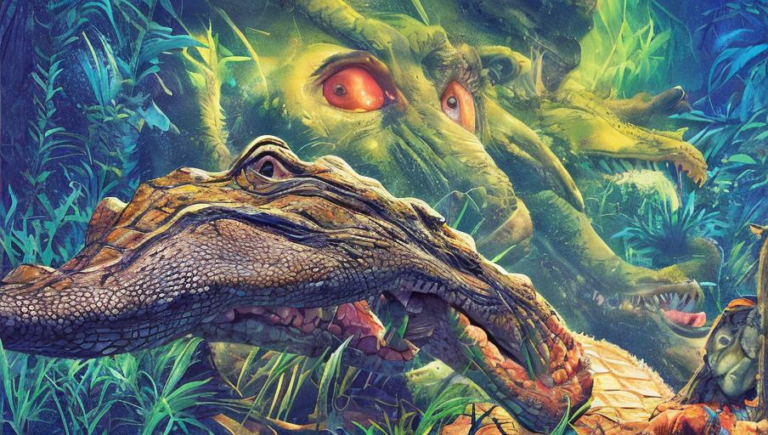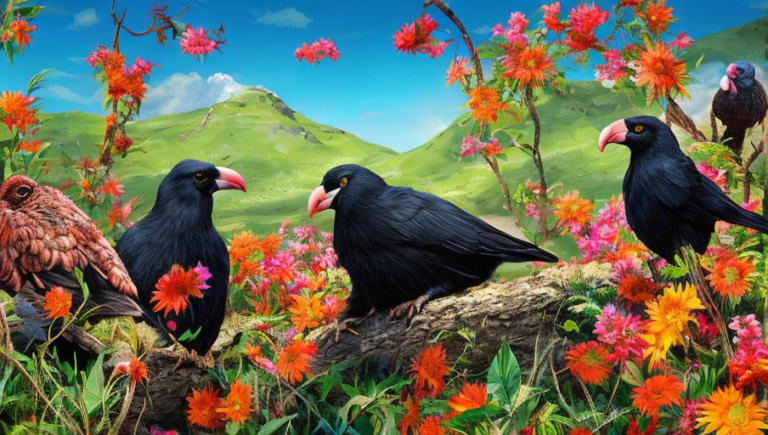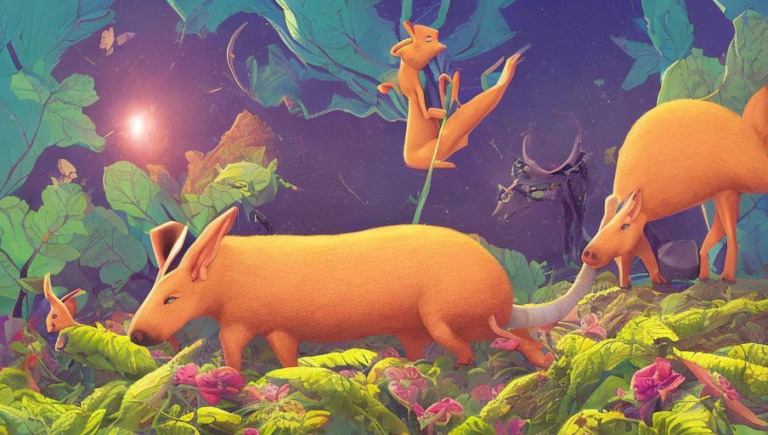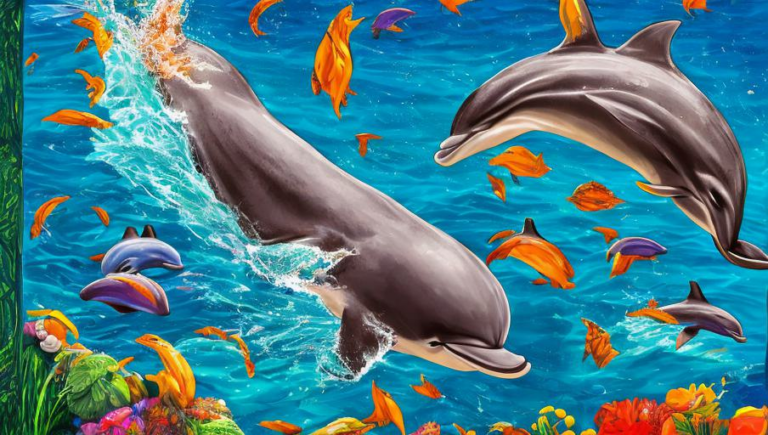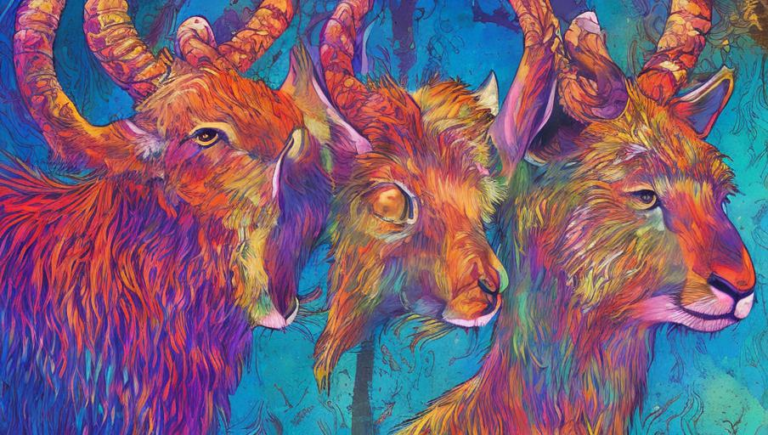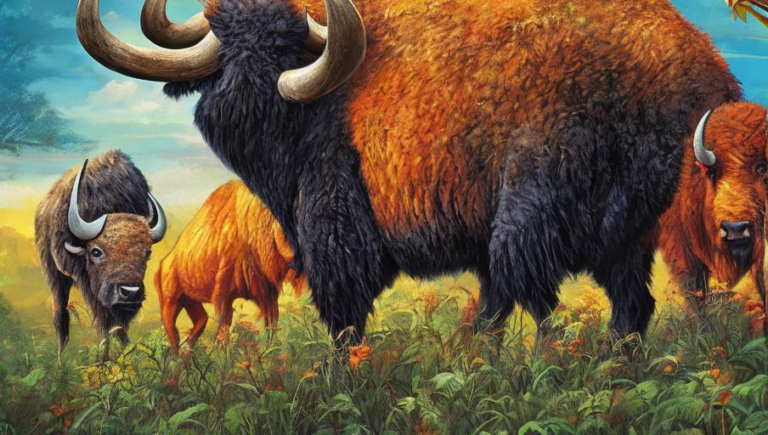Predator Dangers Facing the Curlew
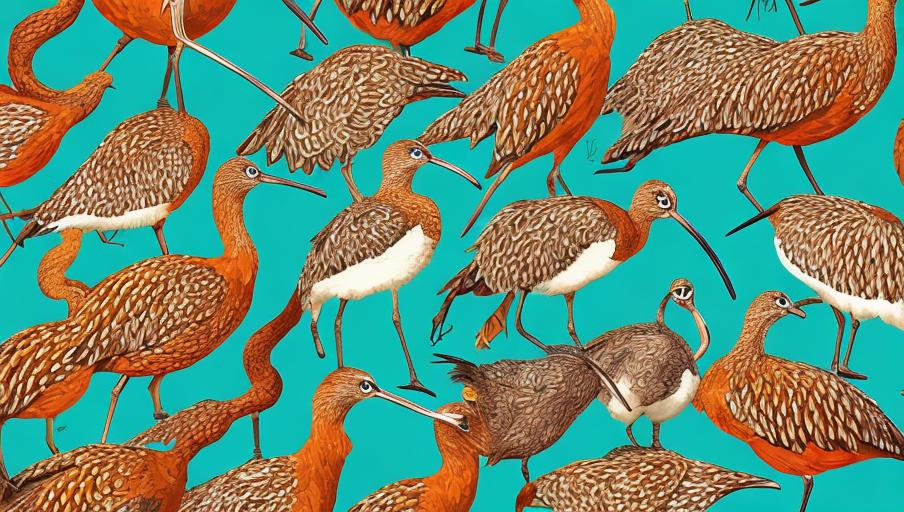
Introduction
The curlew is a fascinating bird species that is native to the Northern Hemisphere. It is one of the largest wading birds in the world, and is known for its long, curved beak. Curlews have a wide range of habitats, and can be found in wetlands, grasslands, and estuaries all around the world. But this species is facing many dangers due to the presence of predators in its habitats.
Habitat Destruction
The curlew is particularly vulnerable to habitat destruction caused by human activities. In many areas, wetlands and grasslands have been drained for agricultural purposes, and this has caused a significant decrease in curlew population. In addition, the introduction of invasive species, such as foxes and cats, has led to a decrease in the number of curlews in some areas.
Predator Pressure
The presence of predators is a major threat to the curlew. Foxes, cats, and other predators can easily catch and eat the curlew. This is especially true in areas where there are fewer places for the curlew to hide. In addition, some predators, such as hawks, can swoop down and snatch the curlew in mid-air.
Climate Change
Climate change is another major threat to the curlew. Rising temperatures can cause the ground to dry up, leaving curlews without food or shelter. In addition, sea levels are rising, which could lead to the destruction of their coastal habitats. This could lead to a decrease in the number of curlews in some areas.
Solutions
There are several solutions that can help protect the curlew from the dangers it faces. For example, conservation efforts can help to preserve the habitats of the curlew and protect them from human activities. In addition, introducing natural predators to the habitats can help to control the population of invasive species and reduce the pressure on the curlew. Finally, reducing carbon emissions can help to reduce the effects of climate change on the curlew’s habitats.
Conclusion
The curlew is a fascinating species of bird that is facing many dangers, including habitat destruction and the presence of predators. Fortunately, there are solutions that can help to protect the curlew and its habitats. By taking steps to reduce carbon emissions, preserve habitats, and introduce natural predators, we can help to ensure the survival of this species.
